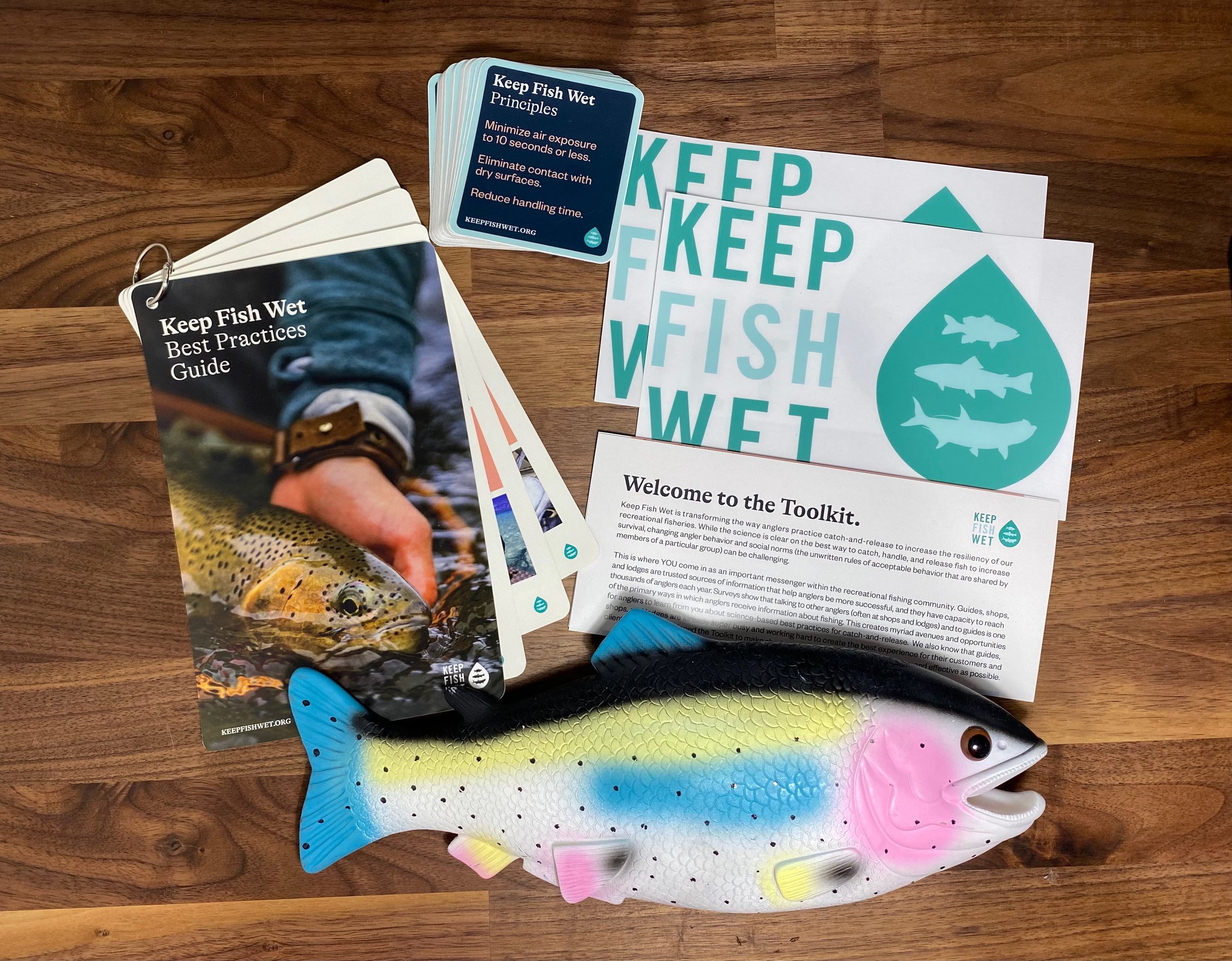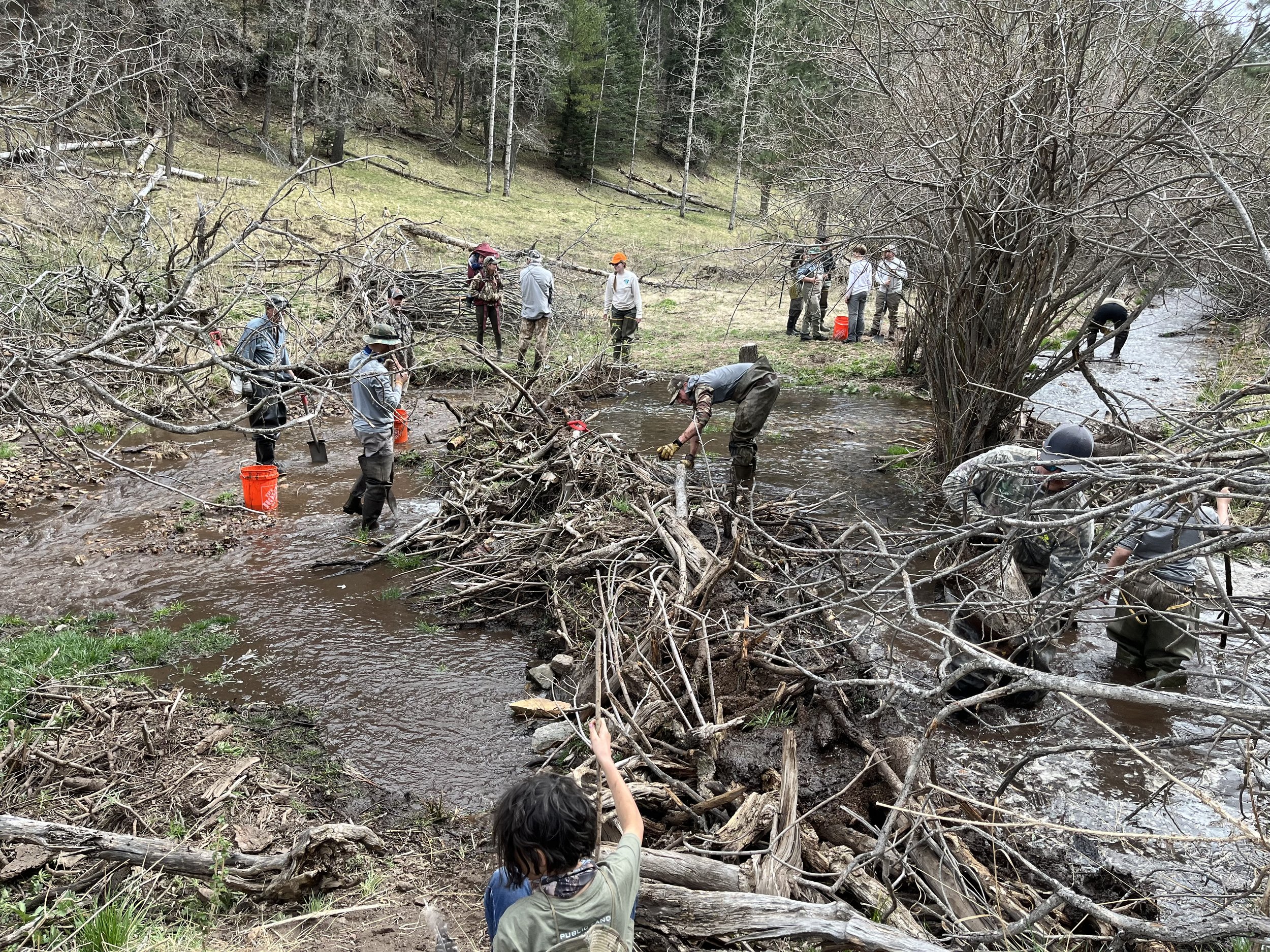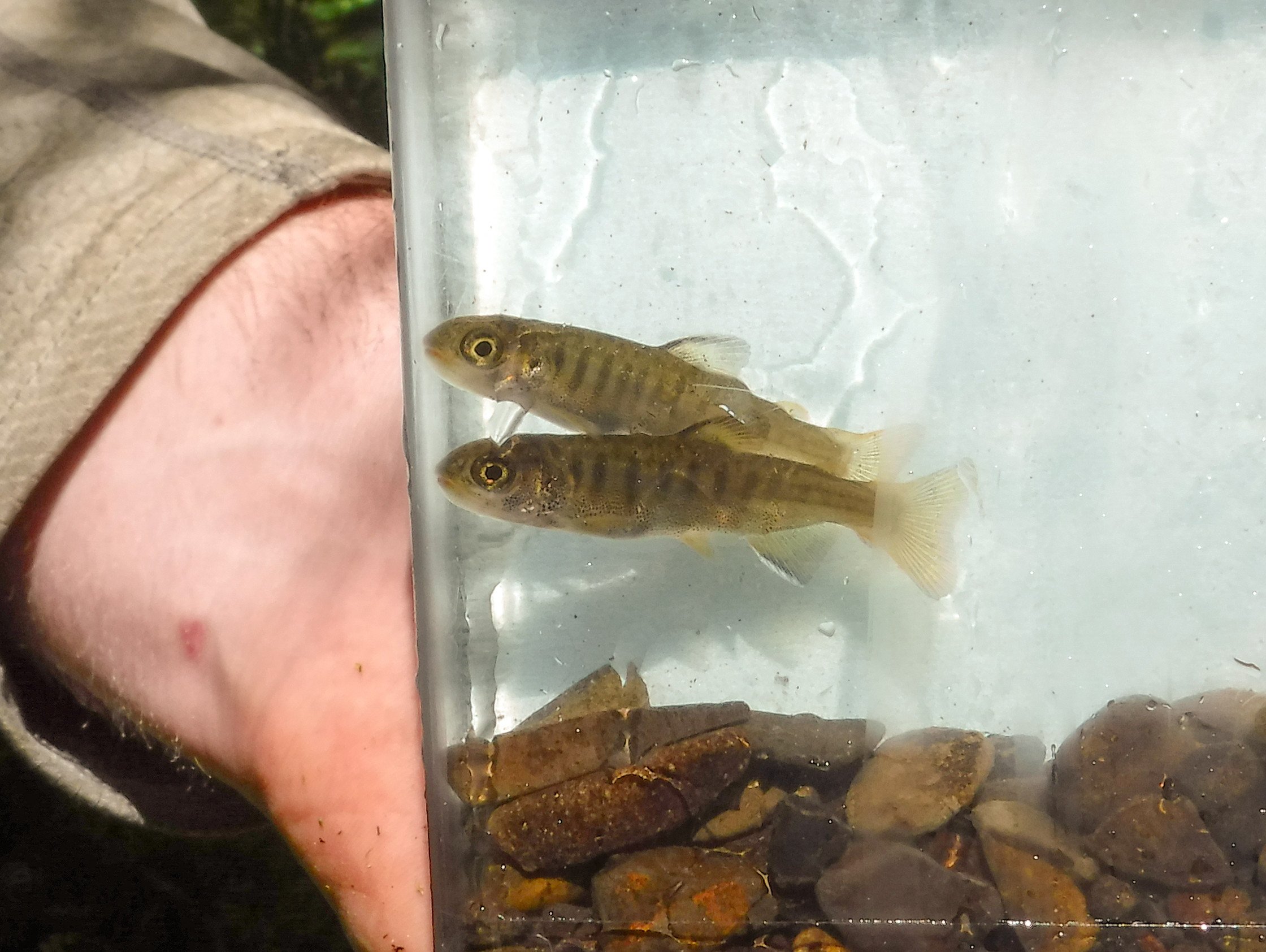Fishing Montana’s Upper Yellowstone (photo: W. Tilt)
As many anglers are aware, aquatic insects are declining across the western US. Such declines have major implications for the health of native trout, local fishing economies, and freshwater biodiversity, yet little is known about why and to what degree.
Robust conservation requires strong data, yet insufficient information on aquatic insect health and habitat quality is collected on important fisheries, including the Yellowstone River, to track insect declines, identify solutions, and facilitate proactive management.
In May, AFF provided a $10,000 grant to the Salmonfly Project to initiate a multi-year research and monitoring program. This grant was made possible by an anonymous donor and Simms Fishing. In addition, the Yellow Dog Community and Conservation Fund is supporting the project. The project will undertake intensive sampling in Fall 2024 and Spring 2025 to replicate a study conducted in 1973 (the only one known to have been undertaken) to establish a baseline. With a baseline established a new volunteer-assisted insect and habitat monitoring program on the Yellowstone will annually monitor the population sizes of ten target indicators species that represent the most abundant, ecologically and recreationally important, and sensitive insects across the River, along with changes in water temperature, dewatering, sedimentation, and nutrient pollution.
This monitoring and education program will be sustained with the vital support of local flyfishing businesses, guides, the Joe Brooks Chapter of Trout Unlimited, and Upper Yellowstone Watershed Group, among others.
The data will help identify the status, trends, and drivers of potential future insect declines and will be strategically distributed to resource managers to guide management planning, and ultimately, protect the health of the Yellowstone River.






































